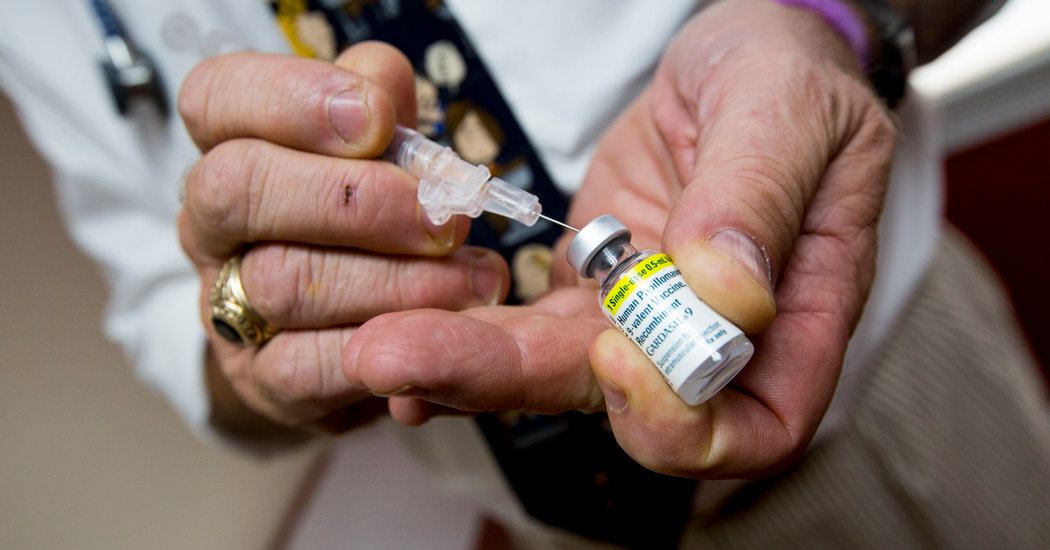
I’m 25. I (and almost all of my friends) got the Gardasil shots. What’s the deal with the other strains of HPV? I’ve heard basically everyone around our age carries some strains and that most strains are not a big deal.
— Anna, New York
[Have a question about women’s health? Ask Dr. Gunter yourself.]
Short take
There are more than 200 types of human papillomavirus, or HPV, about 40 of which can be spread sexually. The Gardasil vaccine, which is given to both men and women, protects a person from seven of the most high-risk (cancer-causing) types of HPV, as well as the two types that cause most genital warts. Most people who contract HPV will get rid of the virus on their own, but those who don’t are at risk for cancer and genital warts. This vaccine is vital in the war against HPV.
Tell me more
Genital HPV is a ubiquitous infection — more than 80 percent of people who have ever been sexually active have acquired at least one type by the age of 45. There are about 40 types that can be spread via sexual contact (genital or oral). Some HPV types are of greater concern medically speaking as they can cause precancer and cancer of the genital tract (cervix, vagina, vulva, penis or anus) and of the oropharynx (mouth and throat). We call these potentially cancer-causing HPV types high-risk HPV. The low-risk types cause genital warts.
In most cases, HPV goes away on its own, but it is never possible to predict who will continue to live with it over the long term. When a high-risk HPV type persists — meaning it is not cleared by the immune system — there is a risk of developing precancer or cancer. The longer the virus persists, the greater the risk.
Current studies tell us that 15 types of HPV are responsible for most of the HPV-related cancers and precancers, and that two of them — types 16 and 18 — cause 70 percent of cervical cancers. Even when HPV is cleared by the body without consequence, it can be painful, stressful and expensive to have repeat Pap smears and the tests to ensure the virus is not causing precancer or cancer. It can also be emotionally draining to be in medical limbo with a high-risk HPV type waiting to see if it goes away.
Most genital warts are caused by HPV types 6 and 11. While genital warts are benign — meaning they can’t become cancerous — they can itch and be uncomfortable, and most people don’t like having them on their skin. Getting rid of genital warts permanently can be hard. Having treated many people with genital warts over my career, I find many consider them a big deal, especially if they struggle with recurrent warts.
The Gardasil vaccine protects a person from seven of the most high-risk types of HPV (including 16 and 18) as well as the two types that cause most genital warts. The vaccine is highly effective, and it is recommended for everyone between the ages of 9 and 45. Countries with good rates of vaccine use have seen significant drops in cervical precancer and cancer as well as genital warts. Most experts predict we will also see reductions in other HPV-related precancers and cancers over time.
On a personal note
It is awesome that you and your friends have been vaccinated against HPV. Keep talking about the benefits of HPV vaccination and maybe you can convince all of your peers, male and female, to join you in the fight against HPV-related cancer! If they haven’t had the vaccine yet, it’s not too late — it was approved last year for people up to age 45.
Dr. Jen Gunter, Twitter’s resident gynecologist, is teaming up with our editors to answer your questions about all things women’s health. From what’s normal for your anatomy to healthy sex and clearing up the truth behind strange wellness claims, Dr. Gunter, who also writes a column called The Cycle, promises to handle your questions with respect, forthrightness and honesty.
